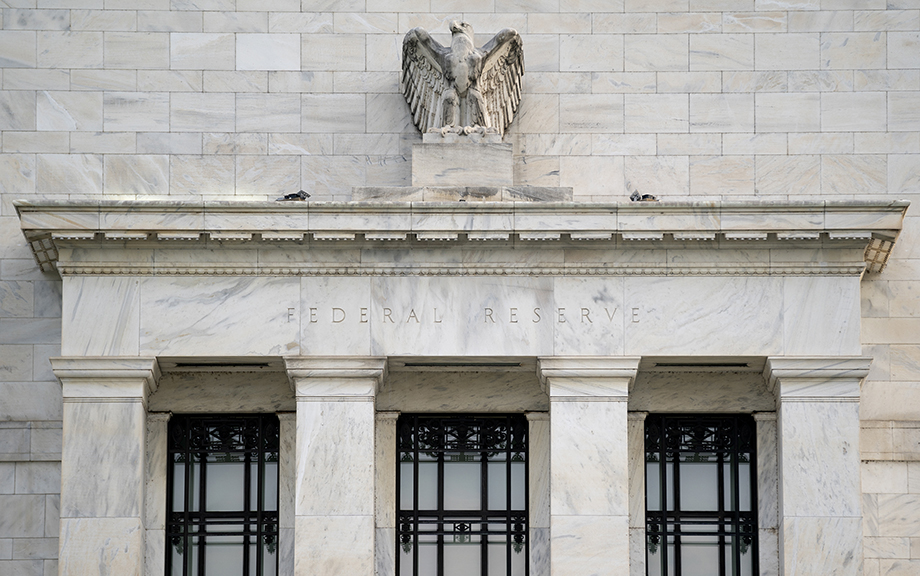
Foreign exchange derivatives (FXD) are a key tool for firms to hedge FX risk and are particularly important for exporting or importing firms in emerging markets. This is because FX volatility can be quite high—up to 120 percent per annum for some emerging market currencies during stress episodes—yet the vast majority of international trades, almost 90 percent, are invoiced in U.S. dollars (USD) or euros (EUR). When such hedging instruments are in short supply, what happens to firms’ real economic activities? In this post, based on my related Staff Report, I use hand-collected FXD contract-level data and exploit a quasi-natural experiment in South Korea to measure the real effects of hedging using FXD.



















 RSS Feed
RSS Feed Follow Liberty Street Economics
Follow Liberty Street Economics